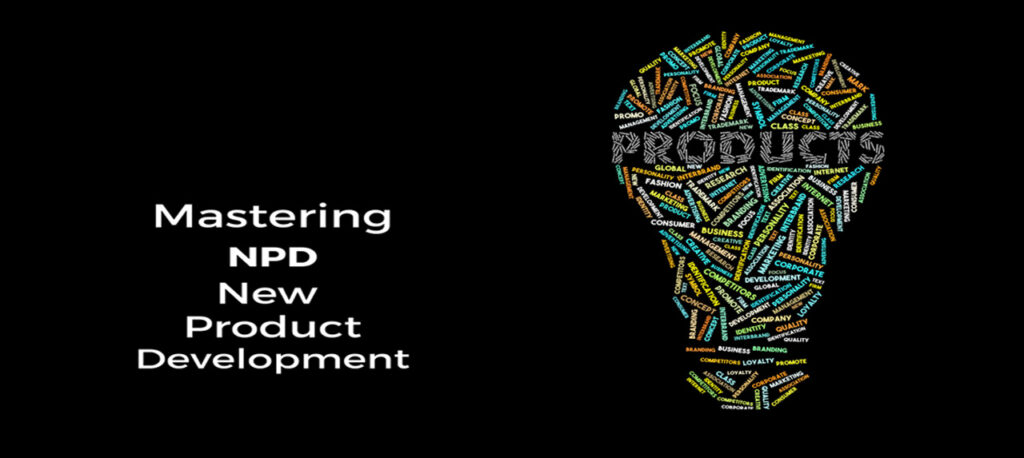
Raising the Batting Average In Product Development
Ended soon
Results are most of what matters in business, and at bluesalve, positive results are the focus of all our experience and expertise. Unfortunately, the pandemic and supply chain disruptions have made negative results all too common throughout our sectors.
Recently, one of our clients needed help in multiple areas in order to improve their business and recover post-pandemic. So far, the results have been great, as they are back to strong profitability and sales above pre-pandemic levels. These results have been achieved despite issues like the supply chain, which we are helping with as well.
Determining Destinations
Early in our engagement, we collaboratively identified the product development process as one of the key issues holding the company back from greater success. Despite the company’s many years in businessand highly positive customer acceptance, too many of the products that thecompany introduced were not performing even close to expectations. Many were hardly selling at all.
In order to turn this around, we introduced a more formalized product development process. The goal here was to sort out the choices and make decisions as to which products with which features, along with costs and other requirements, were needed to improve the “batting average.”
Setting the Routes
Achieving NPD (new product development) planning and success is a keycomponent of a company’s success. We have seen many highly innovative companies introduce unique ideas and products that nonetheless failed in the end, as the result of a poor product stage-gate process.
I have personally championed great product “ideas” that ultimately fell short in the market, and while I used to value inspiration over process, passion alone is not enough. This taught me the discipline that I now advise for clients. Always keep in mind that invention is not innovation. Innovation is something that moves the meter. Innovation produces results.
What follows is an outline of the process we trained on and put in place with the client. The scopeof these particulars depend on the size of the company, how it best communicates, the product or service area and much more. Our firm’s collaborative approach isalways tailored to these needs.
Getting Started
The key, is as usual, is in the early work. Bring the entire team, with its 360-degree view, together to get the facts on the ground, measure them and agree on the criteria. An understanding of the available resources, both human and financial, in house or outboard, is neededto make wisedecisions. Goodinput on market requirements is critical, especially regarding the actual targets, their size, your price and cost points and the like.
Each stage of this roadmap needs a gatekeeper and sign-off process. Both business and financial gates are critical to minimizing risk and optimizing success. There is no shame in abandoning a project early, or at any stage, if it doesn’t meet the ROI formula you have established to move forward.
Here is the framework of a sample process:
- Ideation: Brainstorm, with key stakeholders, the product or service you can create to solve a problem differently and better than anyone else.
- Product Initiation: Describe the product and itsinitial target BOM. Convey who it’s for with a brief market background, including market feedback review and a business case with 2-year forecast.
- Market Requirements Document: Identify and assign internal and external resources for sales andmarketing;devise an initial BOM or review the current one;produce a competitive review;define thefeature set;define any needed accessories or support products;identify all necessary standards and service marks;and finally, produce the project budget.
- Concept Stage: Identify and assign internal and external resources for industrial design, the engineering planand its timeline; produce a refined BOM;produce revised financials;evaluate make vs. buy recommendations.
- Testing Stage:Identify and assign internal and external resources for creating samples for mechanical testing; finalize electrical testing; produce refined and committed schedules; finalize sales and marketing plan, assess availability of parts and identify potential procurement issues.
- Tooling Stage:Identify and assign internal and external resources for tooling; source parts;review forecast andproject budget;review refined BOM versus the “real” BOM.
- Validation and Release Phase: Pilot production; sales samples for market feedback;review market feedback;safety and regulatory testing;produce production ramp plan and update;review forecast and supply chain;create marketing and support materials
- Production and Postmortem phase: Begin production; review supply chain; review quality; begin ongoing cost-down review; get market feedback.
This may sound like a lot to formulate, and it is in fact a serious undertaking of time and resources. That said, there’s much truth in the adage that success occurs when opportunity meets preparation. Our process produces results, which again, is most of what matters in business.
# # #
